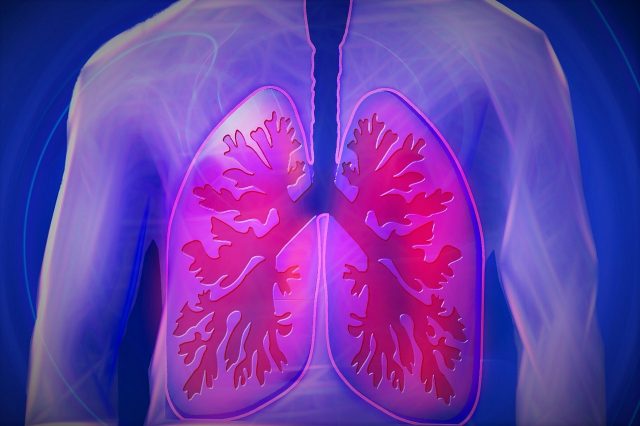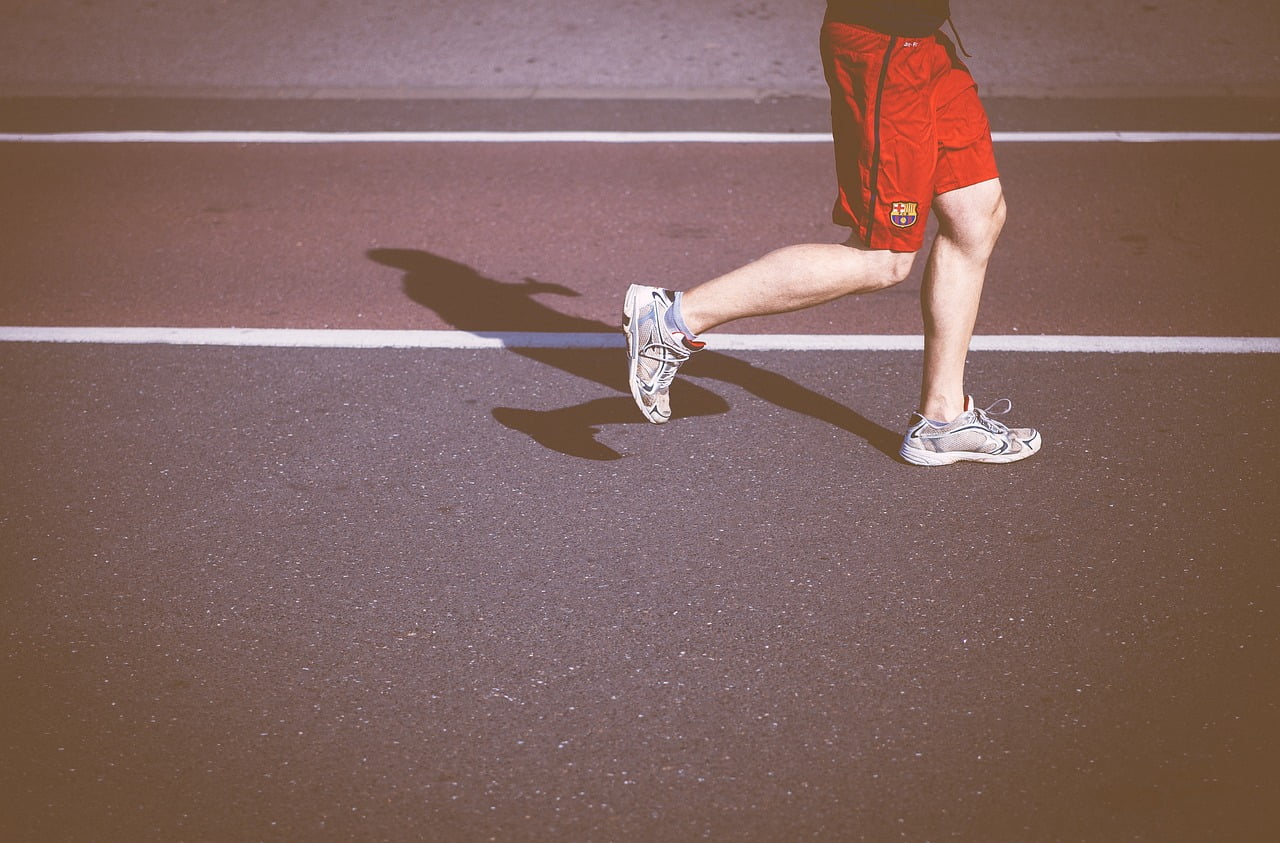Sprinting Vs. Running: Differences Between Running And Sprinting
Sprinting is a type of running, and is generally defined as running at about 95% working heart rate. True sprinting is not a pace that can be sustained by most people for longer than about 200 meters (some more experienced runners may be able to truly sprint a 400 meter race). If you are able to sustain the pace you believe is sprinting for longer than 200 meters, you are not truly sprinting. Running, on the other hand, is a broad term that can be used to describe multiple different paces. The accepted definition of running is a pace that is faster than walking, and no point during running are both feet on the ground. Running can encompass jogging, which generally is just a step right above running and is less than 60% working heart rate, all the way up to sprinting, and all the paces in between.The Pros of Running and Sprinting
There are a variety of different health and wellness benefits associated with both running and sprinting including:- Running and sprinting can help to increase mental stamina, an important part of being successful in long distance races such as half and full marathons. As anyone who has completed these races know, your body might be fully prepared but if you can’t get around a mental roadblock you will not be able to finish the race. This mental stamina in turn can aid you in other challenging situations throughout your life.
- Running and sprinting can help you to lose weight and build lean muscle. These exercises can also help boost metabolism. With one in three adults and one in four children considered to be overweight or obese in the United States, it is an exercise that anyone can easily get involved in and reap the benefits of.

Sprints are a great way to help the body burn fat more efficiently.
- Running and sprinting can keep your heart and lungs working properly. Sprinting and running helps to improve lung capacity and trains your heart to move oxygen rich blood throughout the body more efficiently.
- Sprinting and running is also relatively cheap. Go to a local running shoe store to get measured to find a properly fitting shoe, and this will be your greatest expense for running. It is important to also find quality socks and clothing, but these can be found for relatively cheap. Most cities have multiple trails that you can utilize for your exercise, and even if these are not available, sidewalks do the trick just fine.
- Sprinting and running require no special skills. While some people are naturally more inclined to be able to run easier or quicker than others, for a healthy person, there is no reason that they cannot take up running and be successful.
The Cons of Running and Sprinting
- Running and sprinting can be hard on the lungs. Even though running and sprinting can increase lung and heart function, these exercises can be difficult for those who are getting back into shape or are asthmatic. Start slow, and if your lungs are hurting too much, take it down a notch.

- Running and sprinting can be hard on the joints. Runner’s knee is a very common ailment for those who are regularly running, and can put them out of commission from exercising for a couple of weeks while the injured tendons heal. Likewise, those who already suffer from other conditions of the knees, hips, and back may find that running, and particularly sprinting, may just be too jarring on their fragile joints.
- Running and sprinting can be hard. Period. If running was easy, every single person would be able to pick it up one day and run a 10k the next. However, running takes physical strength, mental endurance, and the ability to entertain yourself when you are out for a long run. Don’t be surprised that if five minutes into your run you want to turn around, not because you are tired, but you are bored.
- You may not see results right away. Running benefits you from day one, but it may take a significant amount of time before you start to see fat loss and muscle gain. Therefore, for someone who is looking for a more instant gratification, running and sprinting may not be the best exercise.
Which Is Better For Me? Sprinting Or Running?
This is a tough questions to answer, because there is no true answer for this. In reality, you can’t sprint without taking breaks in between intervals for jogging or walking, and you also cannot simply do sprint training more than one to two times a week. Likewise, while you may see benefits from running without speed training, you will see more pronounced results when you add sprinting into your routine. On the days that you are not working on speed drills, run, walk, or do other cardiovascular exercises three to four days a week. Make sure to give yourself at least two days of complete rest throughout the week, or more if you are feeling particularly fatigued.
Likewise, while you may see benefits from running without speed training, you will see more pronounced results when you add sprinting into your routine. On the days that you are not working on speed drills, run, walk, or do other cardiovascular exercises three to four days a week. Make sure to give yourself at least two days of complete rest throughout the week, or more if you are feeling particularly fatigued.





